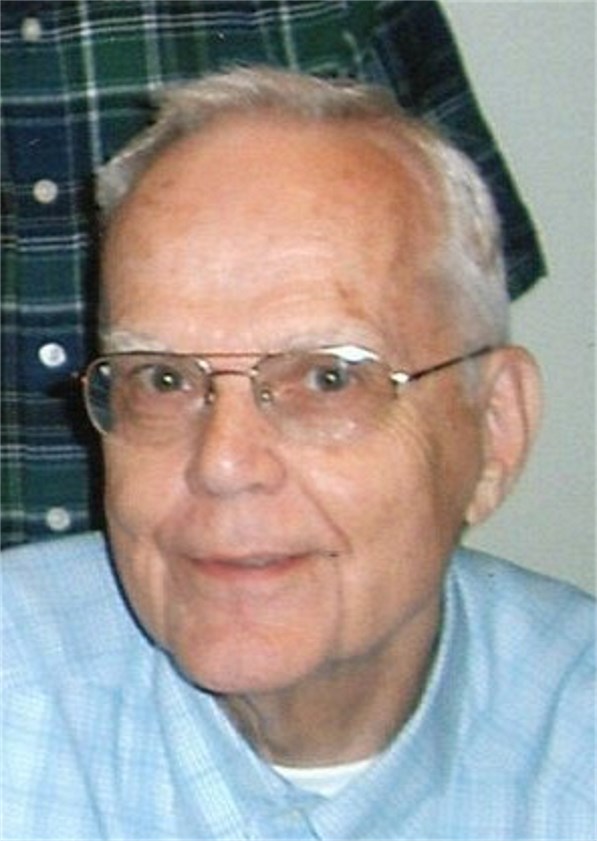To Be Atom Bombed
August 6, 1945: At the hypocenter in Hiroshima, at Shima Hospital, it was worse than if a Richter-10 flaming cosmic-quake came blasting down upon them from the gods, rattling the earth's axis, scorching, searing, and radiating everything and everyone below. In this first nuclear war some people disappeared they say, completely vaporized by the heat.
In the city ruins the nuclear radiation began its dirty, deadly, prolonged and profane massacre. It killed for years. In 1955, ten years after the bombings, 12-year old Sadako Sasaki, one of thousands to die in the years after, succumbed to the ravages of leukemia induced by the bomb's radiation. She was only one of more than 140,000 people to die from this small, primitive nuclear bomb.
The average nuclear weapon of today is 10 times more powerful than the Hiroshima bomb; some are 1,000 times greater. Imagine what it could be like in 2008 over any city.
The 1989 Japanese motion picture Black Rain, directed by Imamura, attempts to relate this destruction of humans in Hiroshima. At the end of the story, in 1950, five years after the nuclear devastation of Hiroshima and Nagasaki, the death toll from the two bombs has reached beyond 210,000; Mr. Shizuma, a survivor, is listening to radio news about the possible use of nuclear weapons in Korea. He caustically comments,
"Human beings learn nothing. They strangle themselves. Unjust peace is better than war of justice. Why can't they see?"
It would be some 22-30 years after 1945 before the United States would allow anyone to see. This was a human slaughter of more than 210,000 people and the deadly truthful evidence of it was confiscated by the American occupation forces, the photographs of the victims, held as "confidential" and not revealed until 1967. Almost nothing of this human story appears in standard, supposedly scholarly textbooks in American schools even though these atomic bombs were selected by journalists as the "story of the past century." Human beings anywhere in the world cannot learn if they are not taught.
My friend, Sumiteru Taniguchi, a postman at age 16, was on his bicycle a little more than one mile away from the Nagasaki hypocenter. That was not far enough from this small nuclear bomb. Of the 28 postmen, he alone survived. He knows of only one other person burned, blasted, and radiated as badly as he was, to survive to this time. Taniguchi spent 21 months on his belly in vicious pain, often pleading to his doctors, "Kill me! Kill me!"
Inset: Mr. Taniguchi, January 31, 1946, age 17, on his belly,
back and arms burned by the Nagasaki atomic bomb.
Taniguchi's personal feelings: "The people that built this bomb, the people that gave the orders, the people that let it be used, and those who enjoyed this, I don't think these people are human; I can never forgive them."
Taniguchi knows the truth about nuclear war and wants all people to know. He finds it strange for a country with so many nuclear weapons to tell other countries that they can't have them.
Japan was and is a nation poor in natural resources. In the early 1900s, to achieve greatness, the decision was made to obtain by force if necessary, Japan's needed and vital resources from other Asian countries. Western nations and industrialists had been doing this for generations throughout Asia and even in Africa. The Japanese militarized government failed to recognize that its most vital resource was its own people and they sacrificed some three million of them in war.
But look what the Japanese people did without war and mainly with their own resources and ingenuity in rebuilding their destroyed nation in only 35 years following 1945. How much more wisdom, creativity, inventiveness, and productivity was lost among the three million killed? "They strangled themselves."
Since 1946 more than 20 million people have died due to wars that were non-nuclear. Nuclear weapons are only the symptom of a much more profound and widespread cancer of the spirit of the world and of humankind. There is a practical cure for this disease which would make the possession of nuclear weapons a counterproductive unnecessary hindrance. "A New Way of Thinking about Achieving and Preserving Peace" is accessible on the Internet at,
http://titan.iwu.edu/~rwilson/Peace.pdf
We need to think about the future of America. Shall we succeed through wartime force and nuclear threats to secure our vital interests in other nations? Or is there a better way to achieve the peace the world craves, the world peace that is possible? Who will lead the way?

To Be Atom Bombed |
|
| Rate It | View Ratings |
Raymond G. Wilson is an emeritus associate professor of physics at Illinois Wesleyan University who has taught about nuclear war issues since 1959. He is co-director of the Hiroshima Panorama Project in the United States and is associated with the (more...)
The views expressed herein are the sole responsibility of the author
and do not necessarily reflect those of this website or its editors.

OpEdNews depends upon can't survive without your help.
If you value this article and the work of OpEdNews, please either Donate or Purchase a premium membership.
STAY IN THE KNOW
If you've enjoyed this, sign up for our daily or weekly newsletter to get lots of great progressive content.
If you've enjoyed this, sign up for our daily or weekly newsletter to get lots of great progressive content.
Most Popular Articles by this Author: (View All Most Popular Articles by this Author)
Revealed: A Workable Moral World-Peace Plan
To Be Atom Bombed
A Bailout for You and Me
To View Comments or Join the Conversation:




